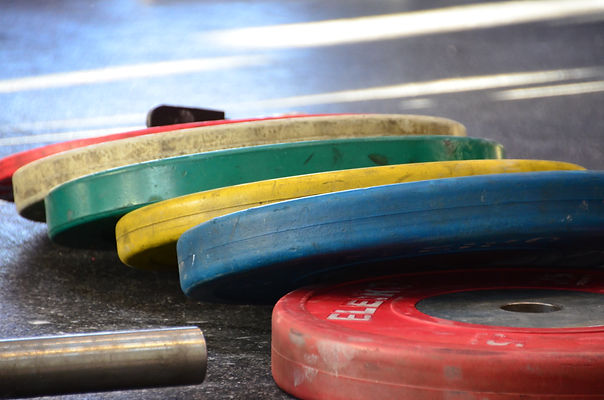Maintaining Speed All Season
- Dave McDowell
- Jul 13, 2016
- 2 min read
Athletes who have competed knows that it is hard to maintain your strength, weight and speed during the season. As the season progresses, athletes often find themselves losing power due to a buildup of fatigue and other factors that a gruelling season induces. Reports have noted that up to 5% reductions in sprinting speed can be seen in sports such as soccer. This is a major concern as athletes head into the post-season, they should be at their best.
Speed reductions are typically from a loss of strength throughout the season, if athletes are not lifting they will have performance reductions. Athletes can mitigate these negative effects with an in-season training plan, which can maintain and even improve many performance qualities. However sometimes the best methods for in-season training are not always clear. Recent research has aimed to look at some of the interventions in this area.

Researchers from Sau Paulo, Brazil aimed to look at ways to maintain speed in U-17 soccer players. They compared two different 7 week in-season training protocols for their effectiveness on maintaining speed qualities during season. The study was conducted with 20 participants randomly split into two groups. The first training intervention consisted of plyometric exercises performed twice per week. The plyometric exercises performed were: Hurdle Jumps, Depth Jumps over Hurdle, Single Leg Hurdle Jumps, and Drop Jumps. The second group performed resisted sprinting exercises. A towing sled was used with between 10-13% bodyweight in loads twice per week. Speed was assessed using a 30m sprint test.
Resisted sprint training is great athlete speed development. A variety of loads can be utilised from heavier loads to slow down the movement and practice mechanics as well as build specific strength, to lighter loads to provide slight overload to specific patterns. One of the best tools for resisted speed training is the Speedsac. This tool is greatly portable, and the weight is easily manipulated.
Interestingly the results showed that the resisted sprint group achieved small improvements in sprint time over the 7 week period. The plyometric group however saw no improvement in sprint times during the 7 week period. Thus using resisted sprinting was shown to be more effective at maintaining speed qualities during the season than plyometric training.
From this study, it is evident that some sort of resisted sprint training during the competitive season provides enough overload to maintain and improve sprint qualities. This may just give you the edge you need come playoff time.








Comments